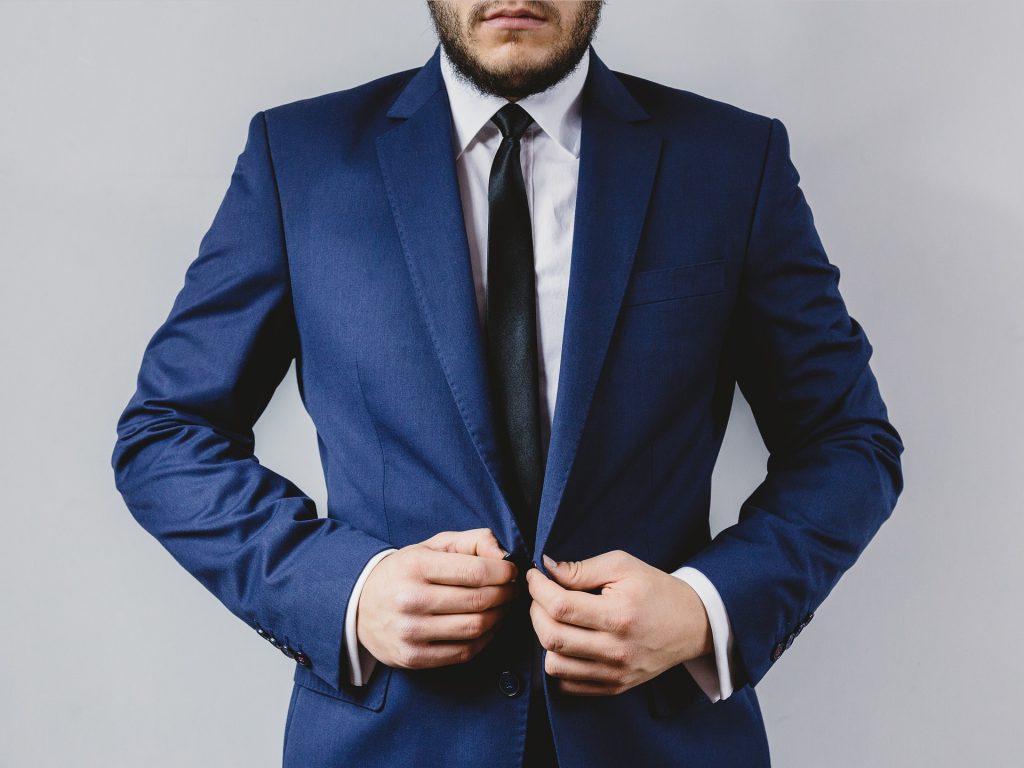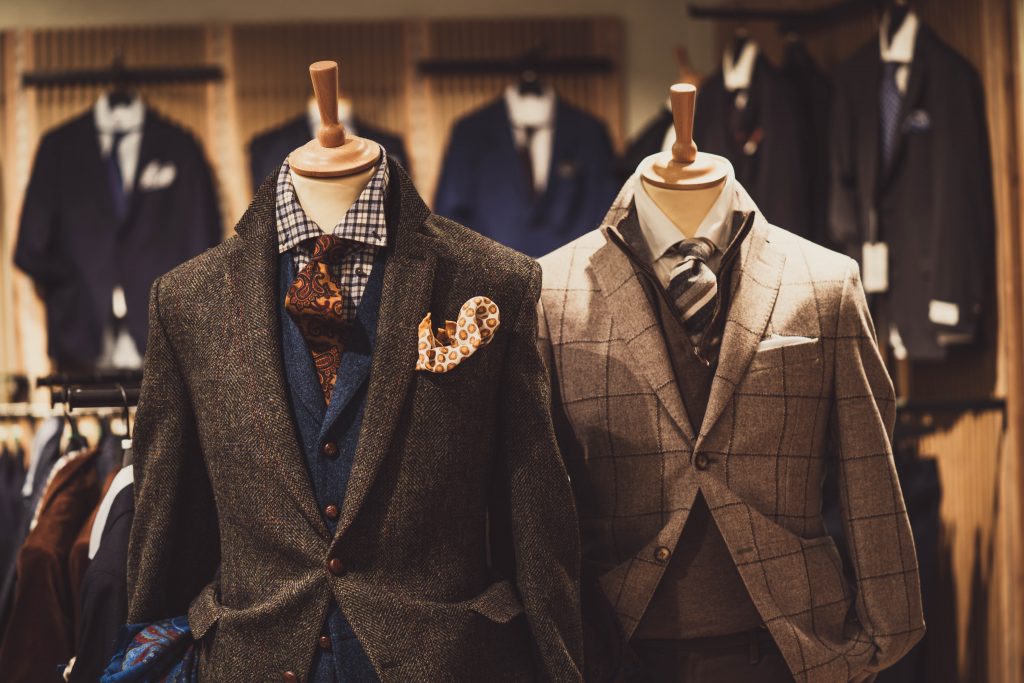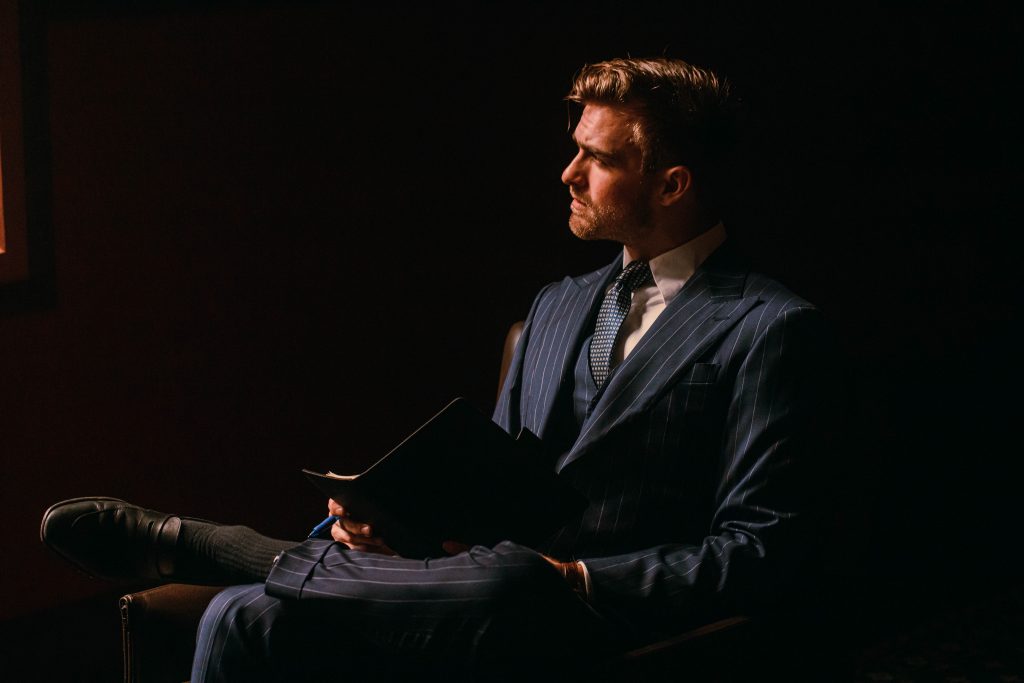Introduction
The versatile blazer empowers men to sharply transition their style from desk to dinner. But merely owning a blazer does not guarantee you’ll wear it successfully. Understanding how to properly style blazers for the office, events, and off-duty looks takes skill.
This comprehensive guide will explore expert techniques for selecting quality blazers that become wardrobe heroes. Learn to balance tailored fit with comfort for all-day wearability. Read professional tips on pairing blazers with coordinating pieces that take your look up a notch.
Soon you’ll feel inspired to build versatile blazer outfits to flawlessly move between professional and casual contexts. So invest wisely in this wardrobe staple, and learn how to unlock its full potential.
History of the Blazer
First appreciate how the blazer gained prestige:
- 1800s Naval Wear – The blazer began as part of British naval uniforms, featuring tailored navy blue wool and metal buttons. The structured jackets displayed naval status.
- Rowing Club Adoption – Later, rowing club members embraced the naval blazer’s elegant style. Bright crests signaled team affiliations.
- Mainstream Popularity – By the 1900s, stylish gents widely adopted the blazer for fashion beyond boating. Its polished versatility took off.
- Established Staple – Today the blazer remains a wardrobe staple signaling taste and professionalism. But casual styling also demonstrates flair.
Now this classic garment fluidly traverses both worlds.
Types of Blazers
Blazers come in many forms:
Suit Blazer
The blazer is cut from the same fabric and pattern as its matching trousers. Wearing together creates a suit.
Odd Jacket
Odd jackets blend separates by pairing blazers with non-matching pants. This allows more creative mixing and matching.
Single vs Double Breasted
Single breasted blazers button at the front using one vertical row. Double breasted adds a second offset button row for a strong, masculine look.
Material Variations
- Wool – Worsted, flannel, hopsack, herringbone, tweed
- Cotton – Chino, canvas, corduroy, seersucker
- Performance – Stretch, wrinkle-resistant, moisture-wicking
- Linen & Silk – Lightweight, breathable
Elements of Fit
A blazer must fit precisely while allowing movement:
Shoulder Width
The seams hit right at the edge of your natural shoulder width without gaping or constricting.
Length and Cut
The blazer hem falls just below the rear and break cleanly in front. Slimmer cuts taper through the waist.
Sleeve Length
With arms relaxed, the sleeve hits where the wrist and hand meet. Show just a half inch of shirt cuff.
Vent Style
Side vents, center vents, and ventless backs create different silhouette effects. Choose what flatters you most.
Chest and Waist
Leave room to button the jacket smoothly and take full breaths without pulling or billowing.
Professional Looks
Make the blazer work overtime in formal office settings:
Matching Suit Blazer
The surest way to instantly pull professional looks together is by combining the blazer with its coordinating suit pants.
Dress Trousers Pairing
Alternate the blazer with gray, navy, or black dress trousers beyond the suit for fresh combinations.
Crisp Dress Shirt
Tuck a freshly pressed white or light blue dress shirt into trousers and cinch with a stylish belt for a timeless masculine look.
Necktie and Accessories
Finish with a complementing slim necktie, silk pocket square, leather watch, and subtle jewelry like cufflinks or a bracelet.
Leather Dress Shoes
Always pair blazers with dark leather oxfords or loafers. Monk straps and Chelsea boots also work. Shine shoes to perfection.
Business Casual Looks
Relax codes slightly by styling blazers more casually:
Odd Jacket Styling
Break out navy, gray, camel, or textured blazers from their matching suit pants and pair with chinos, khakis, or neat dark jeans.
More Texture and Color
Use casual blazers to explore bolder textures and colors difficult to wear in suits. Try cotton, suede, buffalo check, tweed, or windowpane patterns.
Open Collar Shirt
Swap the crisp button-down for polos, knits, or flannels with a casual open collar. Show off sharp necklines underneath.
Loafers or Boots
Trade oxfords for equally sophisticated but comfortable penny loafers, monk straps, Chelsea boots, or chukkas.
Weekend Wear
Push blazers into relaxed day-off territory with creative styling:
Casual Button-Downs
Crisp plaid flannels, faded chambrays, and textured oxfords give off a rugged but refined impression.
Knits and Polos
Lightweight merino knits or well-fitted polos worn underneath a blazer keep the look neat but approachable.
Dark Denim
Contrast a tailored blazer with dark rinse straight leg or slim jeans. Just limit ornamental denim details.
Sneakers or Casual Boots
White leather sneakers or suede desert boots downplay the formality for weekends. Clean classic styling still works.
Layering With Blazers
Explore creative layering with these additions:
Lightweight Merino Sweaters
A fine gauge merino crewneck or v-neck sweater adds a dash of texture and color when layered under an unstructured blazer.
Vest or Cardigan
For additional warmth, a knit vest or shawl collar cardigan works wonders under a casual unlined blazer.
Scarf
Scarves amp up blazer style exponentially. Try silk, cashmere, or chunky wool variations.
Unstructured Overcoat
A tailored overcoat extends the streamlined silhouette and provides warmth while complementing the blazer’s refinement.
Conclusion
The blazer stands as a timeless garment every style-conscious man should own. But simply buying one is not enough. Learn how to properly fit and care for blazers while creatively pairing them with coordinating pieces. Soon this versatile jacket will serve as the missing link to polish off any outfit. Use it wisely to demonstrate your unwavering style and taste.
FAQs
What color blazer is the most versatile?
For unmatched versatility across various contexts, a navy blue blazer works with practically any pants, shirts, and accessories in your wardrobe.
Should I buy blazers boxy to allow layering underneath?
No, always buy blazers trim and fitted in the shoulders and chest to prevent billowing. Proper sizing leaves room for layers without boxiness.
Can I wear a dress shirt and tie without the blazer?
It’s best to wear formal dress shirts and ties accompanied by a blazer or suit jacket to appear fully pulled together. Skip the tie when going without a blazer.
What’s the difference between a sport coat and blazer?
While used interchangeably, blazers are more structured with metal buttons inspired by naval origins. Sport coats are softer jackets for casual wear.
Should I buy blazers and suits together or separately?
Having a couple suits with matching jackets and pants is handy. But also buy additional odd jackets separately to mix with other pieces.



